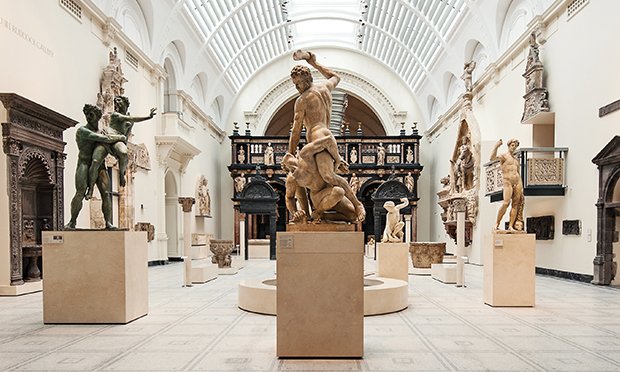 Policies covering artworks later deemed to be fraudulent can create coverage questions for insurers and the owners of the works. (Photo: Shutterstock)
Policies covering artworks later deemed to be fraudulent can create coverage questions for insurers and the owners of the works. (Photo: Shutterstock)
Who owns history asked Robert R. Cargill, editor of Biblical Archaeology Review, in the May/June 2019, issue. The New York Metropolitan Museum of Art (the Met) had paid nearly $4 million for a golden coffin sometime after 1971. "The art dealer who sold the coffin to the Met presented phony documents making it appear that the coffin had proper provenance, including a forged Egyptian export license claiming the object had been legally acquired in 1971." Upon learning this, the Met closed the display and returned the gilded coffin to the Egyptian Ministry of Antiquities. "Provenance" is the process of determining origin, ownership history and validity of a valuable art piece. Without such documentation, valuation becomes difficult.
Recommended For You
Want to continue reading?
Become a Free PropertyCasualty360 Digital Reader
Your access to unlimited PropertyCasualty360 content isn’t changing.
Once you are an ALM digital member, you’ll receive:
- Breaking insurance news and analysis, on-site and via our newsletters and custom alerts
- Weekly Insurance Speak podcast featuring exclusive interviews with industry leaders
- Educational webcasts, white papers, and ebooks from industry thought leaders
- Critical converage of the employee benefits and financial advisory markets on our other ALM sites, BenefitsPRO and ThinkAdvisor
Already have an account? Sign In Now
© Touchpoint Markets, All Rights Reserved. Request academic re-use from www.copyright.com. All other uses, submit a request to [email protected]. For more inforrmation visit Asset & Logo Licensing.







